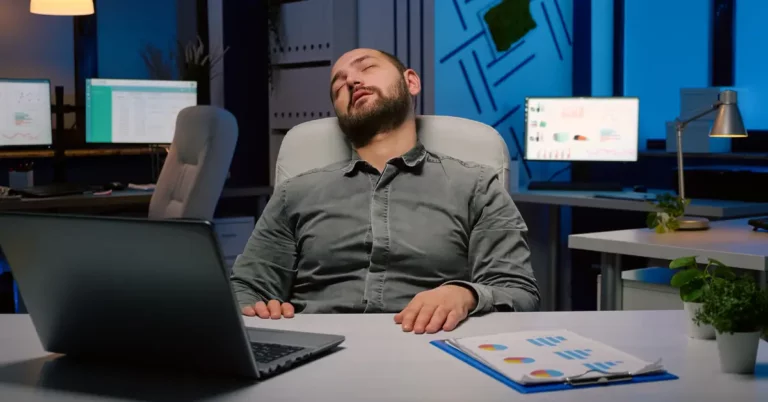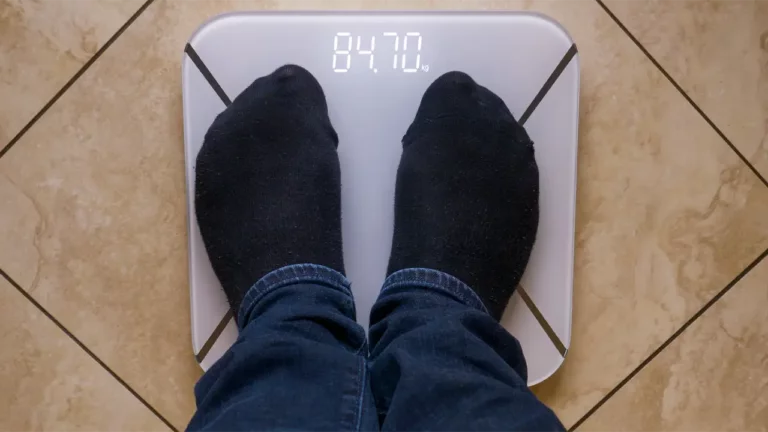When it comes to healthcare and patient monitoring, there are more tools available, and they have gotten a lot easier to use. This means that there’s a tool out there for pretty much every situation you’ll run across — from monitoring attendance at senior care facilities to managing chronic medication treatments for life-threatening conditions like diabetes and hypertension. All of these capabilities we owe to the discovery of remote patient monitoring (RPM) software.
According to recent studies, RPM can help reduce hospital readmissions by up to 50% and improve patient outcomes by up to 20%. As the use of RPM continues to grow, it’s important for healthcare providers to choose the right RPM software for their needs.
In this article, we will provide some tips for choosing the right RPM tool for your clinic or hospital.
What is Remote Patient Monitoring Software?
RPM software is a tool that allows healthcare providers to monitor a patient’s health remotely using electronic devices. This can include using connected devices to monitor vital signs such as heart rate, blood pressure, and blood sugar levels, as well as other health data such as medication adherence and symptoms.
RPM solutions can be used to improve patient care by monitoring patients with chronic conditions such as diabetes and heart disease, as well as patients who have recently been discharged from the hospital. The software typically includes tools for data collection, analysis, and reporting, and can be accessed by both healthcare providers and patients.
Read more: 6 Reasons Remote Patient Monitoring is the Future of Telehealth
How Does it Work?
Remote patient monitoring software is a powerful virtual care tool for healthcare professionals, offering them the ability to monitor patients from a distance.
The RPM system allows healthcare providers to monitor their patients’ health in real time using connected devices that collect data about the patient’s health and send it securely to a cloud accessible by the provider. This type of software typically uses a web-based interface, allowing medical personnel to access the data collected by the software and observe a patient’s health without needing to be in their physical presence.
Which Software is Right for You, the Provider?
There is no one-size-fits-all solution when it comes to RPM software. Each product on the market has its own unique features and benefits, making it important to choose the right tool for your needs.
Some of the key factors to consider when selecting a product include:
- How much patient data you need to monitor
- The type of data you need to monitor
- Your budget
- Your operating environment
Once you have determined which type of RPM software is best for your needs, it is important to take some initial steps in setting up the software solution. This includes installing the software on a computer and configuring it to work with your specific medical devices.
How to Choose the Best Software for Your Needs
When choosing an RPM platform, there are several key factors to consider to find the best option for your needs. Some key factors to consider include:
1. The type of medical conditions you typically treat
Different RPM software and devices may be better suited for different types of medical conditions. For example, some software may be better suited for chronic conditions, while others may be more focused on acute care. It’s important to choose a tool that is designed to meet the specific needs of your patients.
2. User-Friendliness
When it comes to remote patient monitoring software, user-friendliness is an important factor to consider. After all, the easier the software is to use, the more likely it is to be adopted and used consistently by both healthcare providers and patients.
The device and software combination should have the following: easy to use interface, clear instructions, automated processes, and rich visualizations.
3. Compatibility and Integration
Compatibility and integration are both important considerations when it comes to remote patient monitoring (RPM) software. Compatibility refers to the ability of the software to work with different devices and systems, while integration refers to the ability to connect and work seamlessly with other technologies. Both compatibility and integration are important because they help to ensure that the RPM software can be easily used and integrated into existing healthcare systems, leading to improved efficiency and patient care.
4. Level of support and training provided by the vendor
The level of support and training provided by the vendor is an important factor to consider. It’s important to choose a vendor that provides comprehensive support and training to help you and your staff get the most out of the tool.
5. Overall cost of the tool
The overall cost of the RPM software and devices is also an important factor to consider. It’s important to balance the cost of the tool with its capabilities and features, and to choose a tool that provides good value for money.
6.Security and Patient Safety
Security and patient safety are important considerations in remote patient monitoring (RPM) because RPM software handles sensitive patient information. It’s important to ensure that this information is protected from unauthorized access or breaches.
One way to ensure security and patient safety in RPM is to look for software that has robust data security measures in place. This can include measures such as encryption, secure login protocols, and regular updates to address any potential vulnerabilities. It’s also important to ensure that the RPM software complies with industry standards and regulations, such as HIPAA and NCCoE/NIST. These organizations set guidelines for protecting health information, and a software provider that meets their standards is more likely to prioritize the security and privacy of patient data.
DrKumo’s Remote Patient Monitoring Software
At DrKumo, we are at the forefront of AI-driven technology in the medical field, with our cutting-edge AI/ML platform and cybersecurity framework leading the way. Our RPM software is designed with ease of use and reliable support in mind, featuring sensor fusion equipped medical devices for optimal performance.
Additionally, our no cost turnkey deployment makes it a hassle-free choice for any healthcare organization. Overall, our fully-integrated platform sets us apart in the market as the best choice for RPM software.
Takeaways
RPM software can be a valuable tool for healthcare providers, as it allows them to monitor and track the health of their patients remotely, improving the quality of care in return.
When choosing an RPM software, it’s important to consider the specific needs of your patients and your practice, as well as the capabilities of the tool, its compatibility with your existing systems and workflow, the level of support and training provided by the provider, and the overall cost of the tool. However, when a provider effectively incorporates the right RPM solution into their practice, the benefits to the health of their patients and the provider have been proven in multiple studies.
If you want to provide the highest level of care for your patients while also improving efficiency and productivity in your practice, it’s time to consider implementing remote patient monitoring. And when it comes to finding the best RPM technology provider, look no further than DrKumo. Contact DrKumo now!








